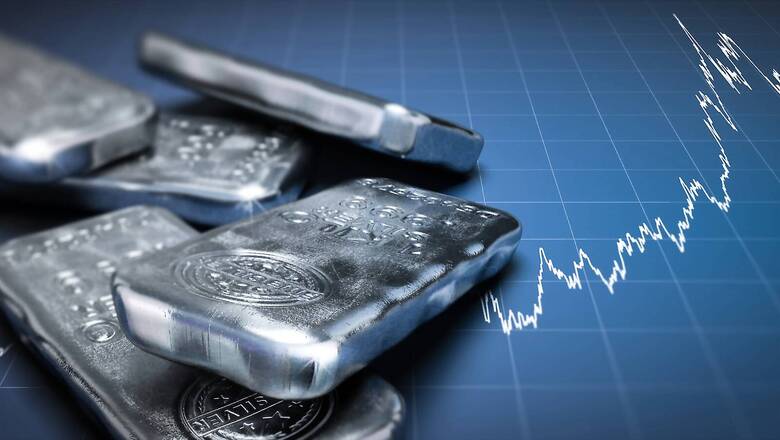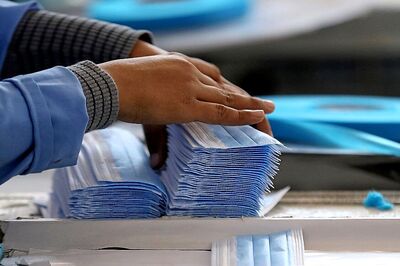All That Glitters is Not Gold, But It Could Be Silver ETF. Is this the Right Time for You to Invest?

views
By 2030, India is planning to have 60% of its total electricity generation capabilities to be rooted in clean sources. But in order to achieve this, boosting the country’s indigenous solar power production is a must. Currently, India imports about 80% of its solar energy infrastructure needs from China.
But India has made significant strides in this regard, jumping from generating just 10 MW in 2010 to going over 50 GW this year. And it is speedily ramping up the process of developing solid infrastructure for renewable energies. By 2030, India is targeting massive deployment of 500 GW of clean energy, 480 GW of which will stem from solar photovoltaic technologies.
And an intrinsic element that’ll complete and fire up India’s circuit of meeting this objective is silver. Given that each solar cell needs approximately 100 mg of silver, the demand for the white metal is set to boomerang in times to come, as the focus on green energies intensifies. Bloomberg data estimates an 85% rise in demand for this metal in the solar energy space by 2030.
Given that EV space is another segment that is witnessing a silent revolution in India, the need for silver is only set to skyrocket. A recent report by NITI Aayog also predicts that two-wheeler EVs will completely penetrate the Indian markets as early as 2027. Data also suggests a steep rise in the demand for silver in the 5G space (207%) and most importantly, the battery electric vehicle space (1,362%) in this decade.
Nisreen Mamaji, a Mumbai-based CFP, says: “Silver has various industrial applications in addition to being a valuable metal. It is in high demand in the industries of manufacturing, investment, and jewelry. More than half of silver is used in heavy industry and high technology, according to the World Silver Survey, including smartphones, automotive electrical systems, solar-panel cells, and a variety of other goods and uses”.
It’s no surprise that mutual fund houses like HDFC, Edelweiss, Aditya Birla, and more, who’ve launched silver ETFs, have cumulatively amassed Rs 1,400 crore in assets. Basically, silver ETF or exchange traded fund scheme means a mutual fund scheme that invests primarily in silver or silver-related instruments.
While silver is generally considered to be more volatile in comparison to gold, its returns have mostly been in line.
However, that does not imply that investors blindly flock to it. According to Mamaji, “Silver ETFs are preferable to personally purchasing silver. However, because of the greater storage costs, the expense ratio for silver ETF will be higher than for gold ETF. In the previous month, silver ETFs delivered an average return of 8%. Also, because of its increased industrial use, the price of silver is impacted by economic developments.”
Shifali Satsangee, the founder of Funds Veda, an Agra-based financial advisory, concurs. “Silver does well during an economic recovery. In market downturns, silver also tends to fall and vice versa. When industrial demand is muted, silver has not been a good hedge against inflation. Silver has a higher beta and so its prices tend to see more sharp movements than gold.”
Mamaji also highlights how equities and silver tend to move concurrently in the long term, as opposed to gold. “Right now, silver is up and has marginally outperformed gold over the last month. But this is synchronous with the price increase in other metals as well. However, longer-term returns for silver are still fairly low and thus investors may not wish to invest simply on the basis of the very short-term recent performance. Whilst gold acts as a portfolio hedge, having silver via silver ETFs should ideally be in your portfolio”.
Read all the Latest Business News and Breaking News here



















Comments
0 comment